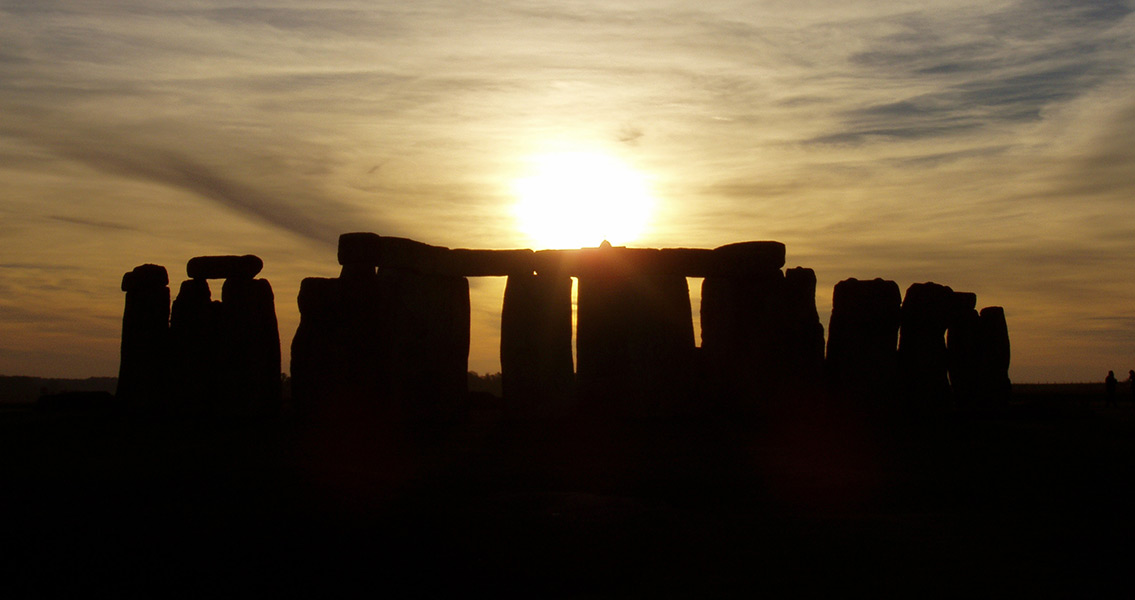<![CDATA[One of the most famous historical landmarks in the world, the megaliths of Stonehenge, were transported by glaciers and not moved by ancient pagans by hand, according to a new survey. The prevailing wisdom regarding Stonehenge, put forth by a team of researchers from University College London (UCL), is that the megaliths were originally from Pembrokeshire, where they were excavated and then transported somehow by ancient British ancestors, before being erected at their current location in Wiltshire. However, a new team of Welsh scientists and researchers has provided a new, contradictory theory, that at least some of the giant rocks that make up Stonehenge were carried to the area not by pagan ancestors of the Brits but by glacial action. Their research is about the smaller bluestones, rather than the larger sarsen stones. Dr Dyfed Elis-Grufydd, Dr. Brian John and John Downes, the co-authors of the new study, have made the bold claim that there are absolutely no traces of humanity ever laying their hands on the megaliths in order to move them from Pembrokeshire to Wiltshire. The researchers add that the features left behind in the two sites where the megaliths were supposedly sourced, Craig Rhos-y-felin and Carn Goedog in the Preseli Hills, were either a result of natural erosion over the millennia or even a byproduct of the initial investigation, which lasted five years and might have accidentally led to the removal of sediment in a “highly selective” manner. The original report from UCL, which was conducted with the help of the Dyfed Archaeological Trust, the National Museum Wales, the University of Southampton, Bournemouth University, and the University of Manchester, insisted that there was detailed evidence of human hands at play in quarrying and moving the megaliths. However, the researchers involved in this newest research study say that it was glaciers instead that carried the rocks eastwards. Evidence cited by Dr. John and his colleagues includes a variety of different sediments and landforms which were linked to the Ice Age, specifically the last time glaciers graced the region approximately 20,000 years in the past. The prehistoric campsite that the UCL study claims was used by those quarrying rocks from the soil was likely a hunter’s camp, the new survey argues. Dr John and his colleagues are unequivocal in their research study, claiming there is “zero evidence” to support the theory that Stonehenge’s giant bluestone blocks were transported by hand. The researchers criticize the UCL study’s researchers, claiming that they have either “ignored or misinterpreted” the proof of glacial transport right in front of them in order to tell a good story, adding that such actions are the height of carelessness. The researchers called on the UCL team to completely reassess all the research data collected by their previous endeavor. The new research findings, which have been published in the journal Archaeology in Wales, can be found online here Image courtesy of Wikimedia Commons user: Jeffrey Pfau This article has been updated to clarify that the research referred to the bluestones and not all the stones of Stonehenge, see comment by Dr. Brian John in the comment section.]]>
Rocks of Stonehenge Moved by Glaciers Says New Study
